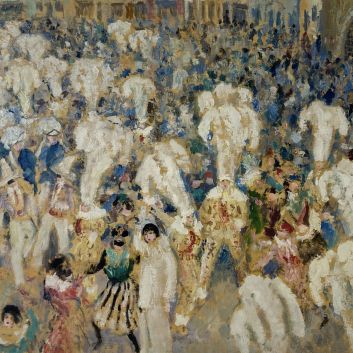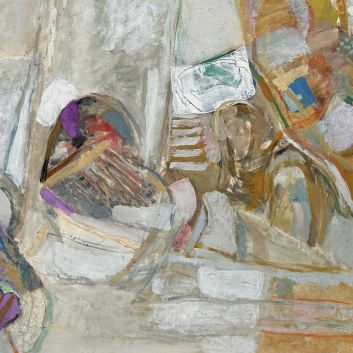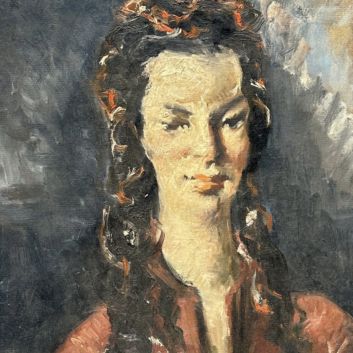Cote et valeur des tableaux, dessins, peintures de Othon Coubine
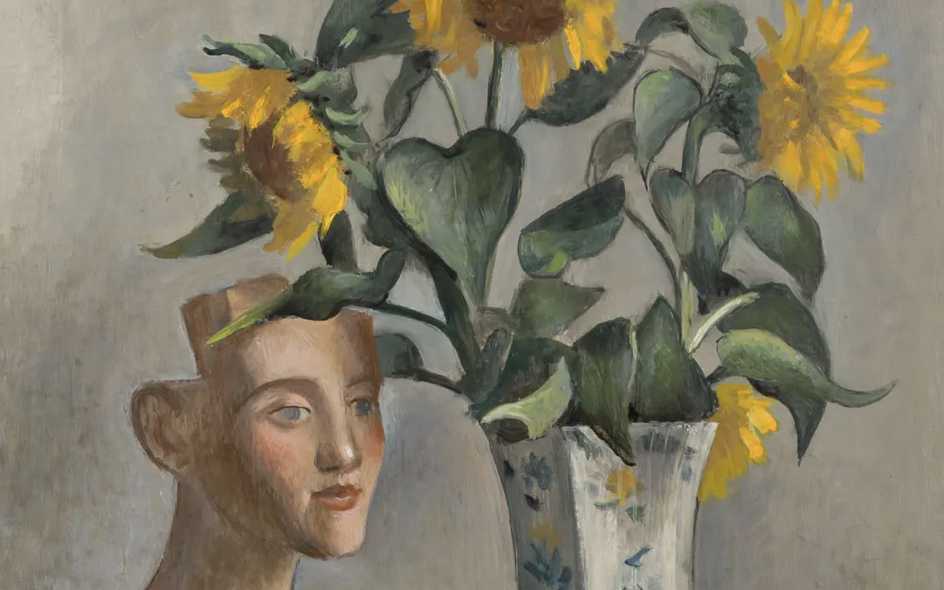
Si vous détenez une œuvre réalisée par l’artiste Othon Coubine ou d’après, et que vous souhaitez connaître sa valeur, nos experts et commissaires-priseurs agréés par l’état vous offriront leurs services d'expertise.
Nos spécialistes s’emploieront à réaliser une expertise gratuite de votre œuvre, et vous transmettront une estimation précise de sa valeur sur le marché actuel.
Par la suite, si vous désirez vendre votre œuvre, nous vous orienterons vers le meilleur dispositif possible pour en obtenir un prix optimal.
Cote et valeur de l’artiste Othon Coubine
Considéré comme l’un des pionniers du fauvisme et du cubisme, Othon Coubine s’est rapidement imposé dans l’art du XXème siècle. Cet héritage se compose diverses créations : gravures, dessins, mais surtout des huiles sur toile.
A présent, les prix de ses œuvres augmentent énormément au marteau des commissaires-priseurs.
Ses créations sont particulièrement prisées et le prix auquel elles se vendent sur le marché de l’art s’échelonne entre 10€ et 274 000€, un écart considérable mais qui en dit long sur la valeur qui peut être attribuée aux œuvres de Coubine.
En 2020, une peinture cubiste intitulée Prophet, a été vendue à hauteur de 274 000€ tandis qu’elle était estimée entre 200 000 et 220 000€.
Ordre de valeur allant d’une œuvre simple à la plus prestigieuse
Technique utilisée | Résultat |
|---|---|
Estampe - multiple | De 10 à 2 900€ |
Dessin - aquarelle | De 25 à 4 200€ |
Sculpture - volume | De 700 à 29 000€ |
Huile sur toile | De 180 à 274 000€ |
Réponse en - de 24h
Style et technique de l’artiste Othon Coubine
Othon Coubine est une figure essentielle de la scène artistique du début du XXe siècle, influencée par le cubisme et le fauvisme, mais aussi par toutes les nouvelles théories sur la colorimétrie.
Son style, marqué par des couleurs audacieuses et des teintes lumineuses appliquées en larges touches, a rompu avec les traditions picturales de son époque.
Comme ses contemporains, il a délaissé la précision du dessin pour privilégier l’émotion transmise par la couleur – s’inscrivant ainsi dans la démarche orchestrée par la cage aux fauves au salon de 1905.
En plus de ses paysages du Sud de la France, Coubine a peint des natures mortes, des portraits, ainsi que des scènes rurales. Ses paysages provençaux, avec leurs tonalités chaudes et ensoleillées, témoignent de son attachement à la lumière méditerranéenne.
Cependant, certaines de ses œuvres révèlent une dimension plus sombre, évoquant une certaine nostalgie face aux transformations de la société.
Même s’il a exploré différents styles, Othon Coubine a toujours conservé une technique vigoureuse, avec une matière dense et une approche instinctive du geste.
Ses toiles, animées d’une énergie sincère, traduisent un profond lien avec la nature, tout en laissant entrevoir une touche de mélancolie face aux bouleversements de son temps.
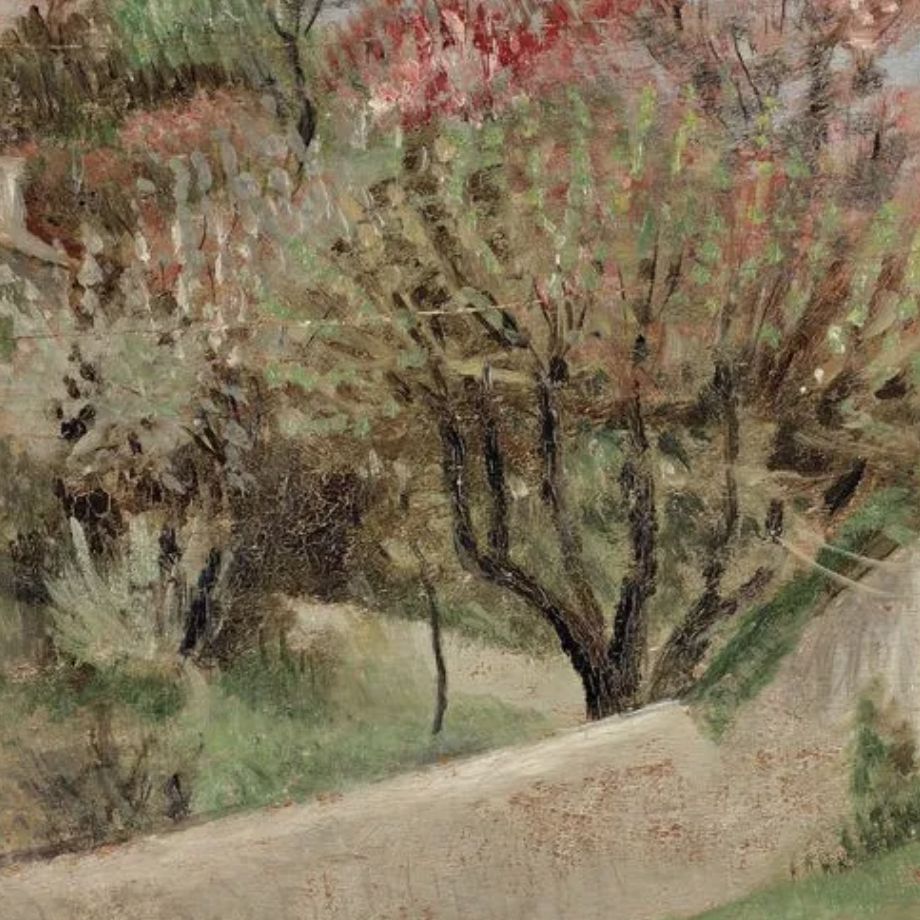
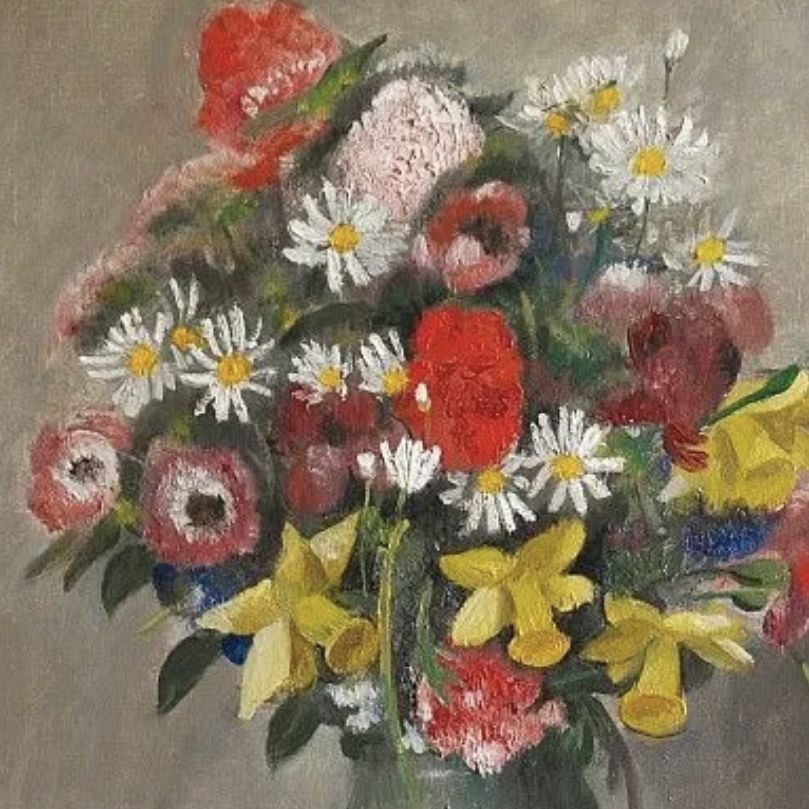
Othon Coubine : la quête de la lumière pure
Othon Coubine, de son vrai nom Othon Kubín (1883-1969), est devenu une figure assez importante au sein des groupes fauviste et cubiste.
Né en Bohême, il passe une grande partie de sa carrière en France, où il rencontre de nombreux artistes émergents qui ont envie de bouleverser les conventions et de révolutionner la peinture moderne.
Il s’inspire entre autres d’artistes comme Maurice de Vlaminck, Jacques Villon ou Louis Valtat.
Rapidement, il se fait remarquer par une peinture lumineuse et vibrante, en rupture avec les traditions académiques de son pays natal.
Bien qu’il soit surtout reconnu pour ses paysages provençaux, Coubine explore aussi les natures mortes, capturant la chaleur et la texture des objets du quotidien avec une palette éclatante.
Il s’intéresse brièvement à la céramique, une discipline qu'il expérimente avec passion, mais qui demeure peu connue du grand public.
Coubine doit une partie de sa reconnaissance initiale à ses expositions en Bohême, qui attirent rapidement l'attention des critiques européens. Cependant, c’est sa rencontre avec la lumière du Sud de la France qui marque un tournant décisif dans son œuvre.
En parallèle de la peinture, il se consacre à la photographie, documentant les paysages méditerranéens qui l’inspirent.
Son mariage avec une Française, Mathilde Faucon, coïncide avec le début de sa notoriété en France, bien que ses premières ventes significatives tardent à arriver.
C’est en Provence, aux côtés d'artistes comme André Lhote et Albert Marquet, qu'il développe pleinement son style. Ses paysages, baignés de lumière, traduisent sa fascination pour la couleur et sa volonté de capter l’atmosphère unique du Midi.
En 1925, Coubine participe au Salon des Indépendants à Paris, où il expose avec les post-impressionnistes et les fauves, des artistes partageant sa quête de la couleur pure.
Son travail attire alors l’attention de marchands comme Paul Guillaume, qui le soutient dans sa carrière et l’introduit dans des galeries prestigieuses.
Cependant, la montée du nazisme en Europe perturbe sa carrière, et il retourne en Bohême durant la Seconde Guerre mondiale. Après la guerre, il s’installe définitivement en Provence, où il continue à peindre malgré les turbulences de l’époque.
Dans ses dernières années, Othon Coubine reste fidèle à sa vision de la lumière et de la couleur, refusant de suivre les tendances contemporaines.
Son œuvre, marquée par une touche délicate et des tons solaires, reflète une quête constante de beauté et d'harmonie face à un monde en mutation.
Analyse de La Baigneuse par Othon Coubine
La Baigneuse réalisée par Othon Coubine est une œuvre marquante de son exploration du corps humain et de la lumière du Sud.
Ce tableau, qui s'inscrit dans l’univers lumineux et chaleureux du Midi, illustre parfaitement la quête de l’artiste pour saisir l’essence de la couleur et de la lumière dans la représentation du corps humain.
Dès le premier regard, le spectateur est frappé par l’intensité des tons chauds qui enveloppent la figure de la baigneuse.
Le corps est baigné de jaunes et de oranges, traités avec une épaisse pâte de peinture qui confère à l'ensemble une texture presque tactile.
Coubine ne cherche pas une représentation réaliste, mais plutôt une interprétation vibrante de la forme humaine, où chaque courbe et chaque contour sont accentués par la couleur pure.
La peau de la baigneuse, loin de se rapprocher d’une carnation naturelle, se fait l’objet d’un jeu de contrastes audacieux. Le bleu profond qui se déploie autour de la figure semble être une extension de la lumière méditerranéenne, éclatante et fascinante.
Ces touches de couleur, appliquées de manière gestuelle, participent d'une approche instinctive de la peinture, fidèle à l’esprit de Coubine, qui cherche avant tout à capturer l'atmosphère d’un moment et non à rendre une réalité exacte.
Le fond, avec ses nuances subtiles de sable et de vert, évoque la mer et le ciel, mais il reste suffisamment flou pour laisser la figure au centre du tableau s’imposer comme un organisme vivant, vibrant sous l’effet de la lumière.
Le traitement de la matière picturale chez Coubine
Le traitement de la matière picturale chez Othon Coubine est tout aussi caractéristique de son style. Les touches de pinceau sont larges, souples et visibles, conférant à l'œuvre une texture fluide et une immédiateté qui rappellent la vivacité du geste pictural.
Il y a une certaine légèreté dans la manière dont Coubine applique la peinture, une fluidité qui se perçoit dans la rapidité du mouvement et l'énergie qui s'en dégage.
Cette approche spontanée, presque instinctive, est une des particularités de son travail, où la couleur est posée directement, sans diluants, dans des couches visibles et puissantes.
Le corps, bien que traité dans une gamme de couleurs douces, conserve néanmoins une expressivité saisissante. Les courbes sont modelées par des couleurs chaudes et lumineuses, créant une sensation de mouvement et de vie.
Les ombres, presque imperceptibles, sont rendues par des touches subtiles, apportant de la profondeur sans alourdir l’ensemble.
Coubine ne cherche pas à reproduire une réalité physique exacte, mais plutôt à traduire une impression de lumière et de fluidité, une présence presque irréelle du modèle.
L’arrière-plan, en harmonie avec la figure, est composé de couleurs vives et nuancées, qui se fondent avec le sujet, brouillant la frontière entre celui-ci et son environnement. Contrairement aux portraits traditionnels où le fond est souvent discret, Coubine le remplit de couleurs qui semblent vibrer avec le sujet, une démarche qui accentue l’impression de fusion entre le modèle et son cadre.
Le tableau incarne ainsi l’essence du travail de Coubine, qui privilégie une approche fluide et lumineuse de la peinture.
Par cette œuvre, il réussit à saisir l’émotion du moment, à capter la beauté du corps dans une lumière douce et éclatante, tout en faisant disparaître les frontières entre le sujet et l’environnement.
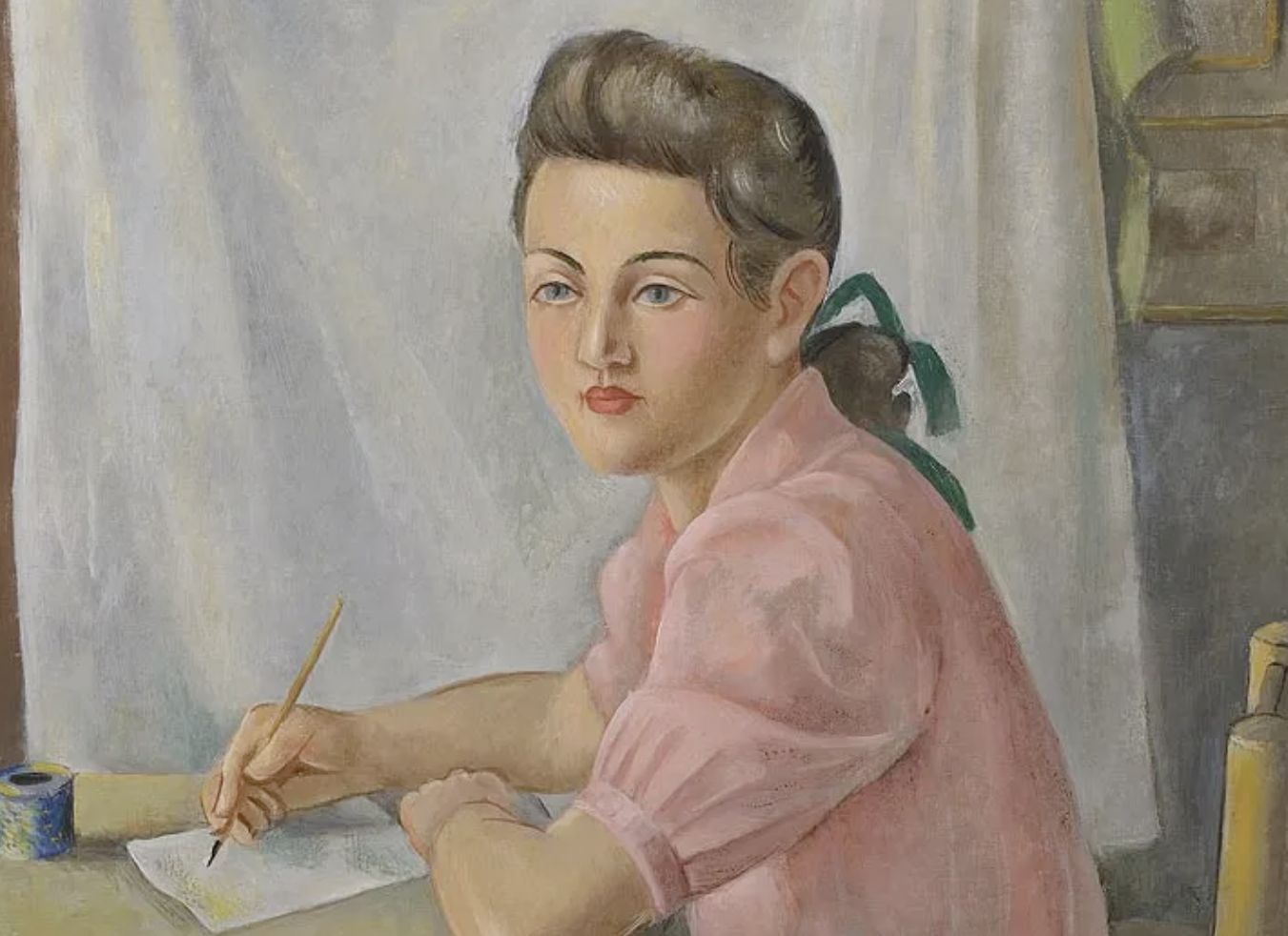
L’héritage d’Othon Coubine
Othon Coubine est un artiste dont l'œuvre évolue en harmonie avec les changements qui marquent son époque.
Il participe, aux côtés des artistes modernes de son temps, à redéfinir les contours de l’art contemporain, en particulier à travers une utilisation audacieuse de la couleur et un désir de se libérer des contraintes du réalisme académique.
Sa carrière, qui s'étend sur plusieurs décennies, s'enrichit au fil du temps d'une recherche de plus en plus poussée vers l'expressionnisme, une sensibilité exacerbée par les bouleversements sociaux et artistiques du XXe siècle.
Comme de nombreux artistes de son époque, il accorde une importance primordiale à la couleur, la considérant comme un vecteur émotionnel puissant, bien plus que comme un simple outil de représentation.
Ses œuvres traduisent une volonté de libérer la couleur de ses limites traditionnelles, à la manière des grands précurseurs de l’abstraction, tout en cultivant une approche picturale où la forme et la matière s'unissent pour transmettre une émotion brute et sincère.
Les toiles de Coubine les plus recherchées aujourd'hui, marquées par des teintes vives et lumineuses, illustrent parfaitement cette recherche d’harmonie entre le sujet et son traitement chromatique.
Ses compositions, où la fluidité du geste rencontre la luminosité de la couleur, continuent de séduire les collectionneurs et les amateurs d'art, témoignant de son rôle central dans l’évolution de l’art moderne et de son influence durable sur la scène artistique.
Reconnaître la signature de l’artiste
Les œuvres de Othon Coubine ne sont pas toutes signées, et des copies peuvent exister. Voici un exemple de sa signature.
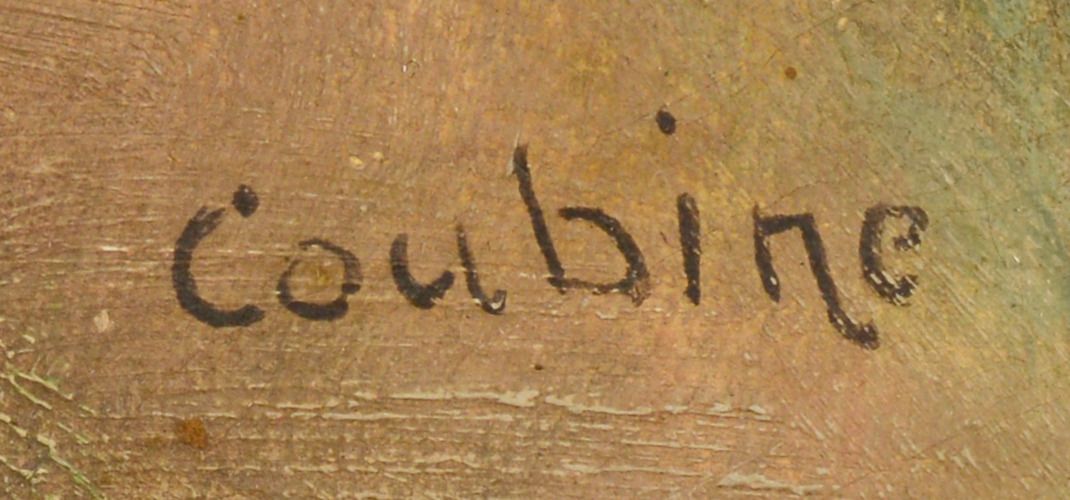
Connaître la valeur d’une œuvre
S’il s’avère que vous possédez une œuvre de Othon Coubine ou d’après l’artiste, n’hésitez pas à demander une évaluation gratuite moyennant notre formulaire sur notre site internet.
Un membre de notre équipe, composée d'experts et de commissaires-priseurs agréés, vous contactera promptement afin de vous communiquer l’estimation de la valeur marchande de votre œuvre, sans oublier de vous transmettre les informations ad hoc sur celle-ci.
Si vous considérez vendre votre œuvre, vous serez également accompagnés par nos spécialistes afin de bénéficier d’alternatives pour la céder au meilleur prix possible, prenant en compte les inclinations du marché.
Réponse en - de 24h
A découvrir dans la même thématique
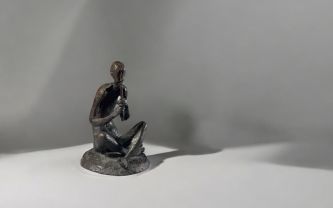
Cote et valeur des oeuvres, sculptures, bronzes de Robert Co...
Robert Couturier est un artiste du XXème siècle qui a produit des sculptures et du mobilier. Ses oeuvres sont relativement cotées aux enchères.
En savoir plus >
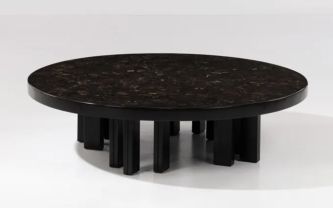
Cote et valeur des tableaux, peintures, meubles de Fernand D...
Fernand Dresse est un artiste belge qui a produit des peintures et des meubles dont la cote et la valeur sont importantes aux enchères. Estimation 24h
En savoir plus >
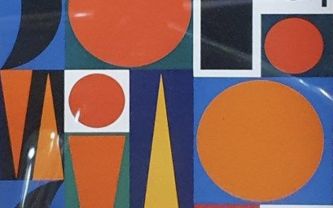
Cote et valeur des tableaux, dessins, peintures de Auguste H...
Auguste Herbin est un peintre et théoricien de l'abstraction qui a produit des oeuvres dont la cote et la valeur sont élevées aux enchères.
En savoir plus >
Site sécurisé, anonymat conservé
Commissaire-priseur et expert agréé par l'État
Estimations gratuites et certifiées


